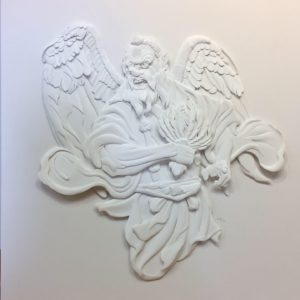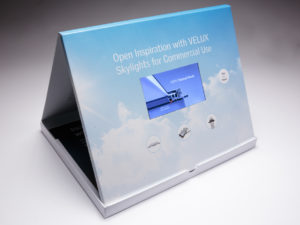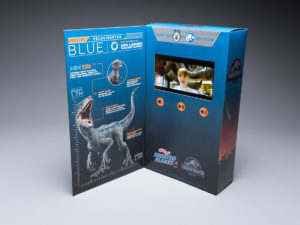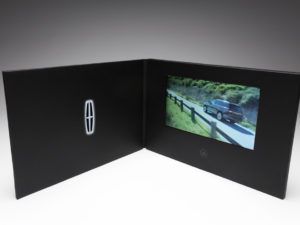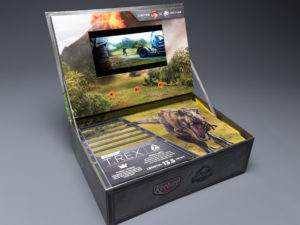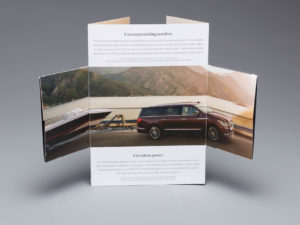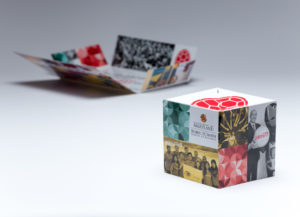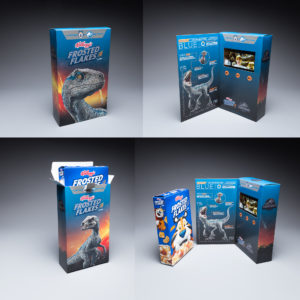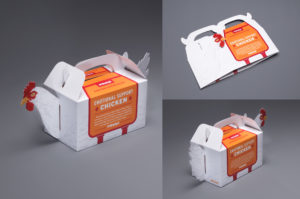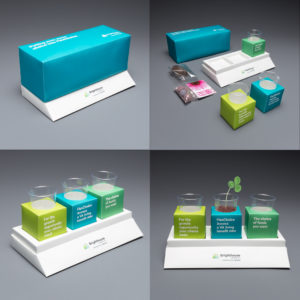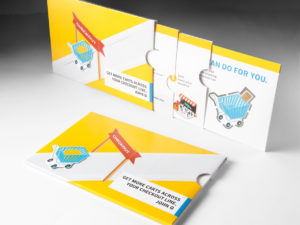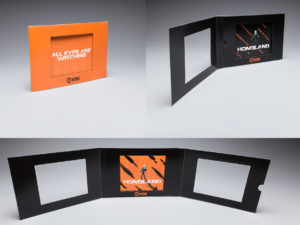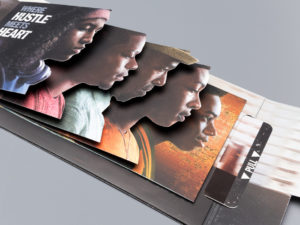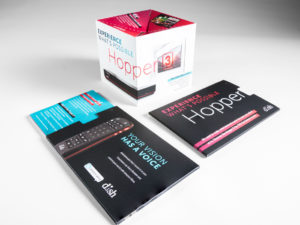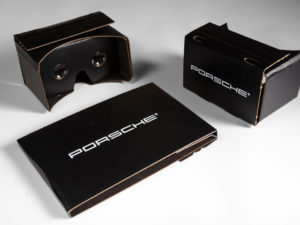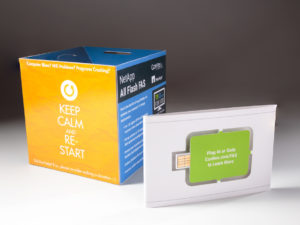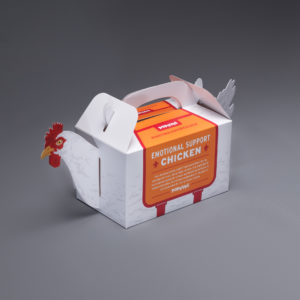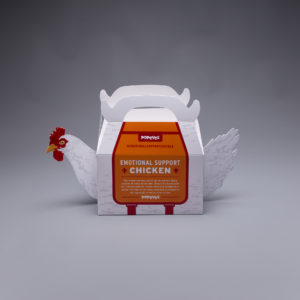At Structural Graphics, we are very lucky to have such talented and creative employees among us. One of them being our very own Paper Engineer, Shin Wakabayashi. We have yet to find out what Shin cannot do. Talented beyond his years and experience, Shin amazes us and our clients with an innate ability to enhance whatever he touches. Ambitious and tenacious, Shin doesn’t approach projects as much as he tackles them, working and reworking their solutions into perfection. A disciplined artist with an engineer’s attention to detail, he is a Renaissance man who can draw, paint, sculpt, invent, cut, fold, assemble, design, and render.
Shin recently attended a week-long paper sculpture workshop at the Marc Adams School of Woodworking in North Franklin, Indiana taught by world renowned artist Jeff Nishinaka. At this workshop, Shin began work on a paper sculpture that he created entirely by hand. At the completion of the workshop, Shin then took his paper sculpture home to complete it. The entire design was completed over the course of 1 month, with hours spent working on the sculpture before and after work.
The sculpture was inspired by Shin’s interest in Japanese mythological creatures and the artwork used to represent them. Shin referenced a statue of a Tengu, a Japanese folkloric being, erected in a mountain in Tokyo, Japan for his sculpture. He first begin with a drawing of the statue and then transferred it to paper. He hand-cut, shaped, scored (using rolling methods) and glued the paper pieces on top of each other.
This spectacular paper sculpture is currently on display at the Fisher Gallery at the Farmington Valley Arts Center in Avon, CT, as part of a larger paper arts show. Those in the Connecticut area are able to see it on display, along with works by other talented Paper Engineers, now through August 31st.
To see more of Shin’s spectacular work, follow him on Instagram at:

